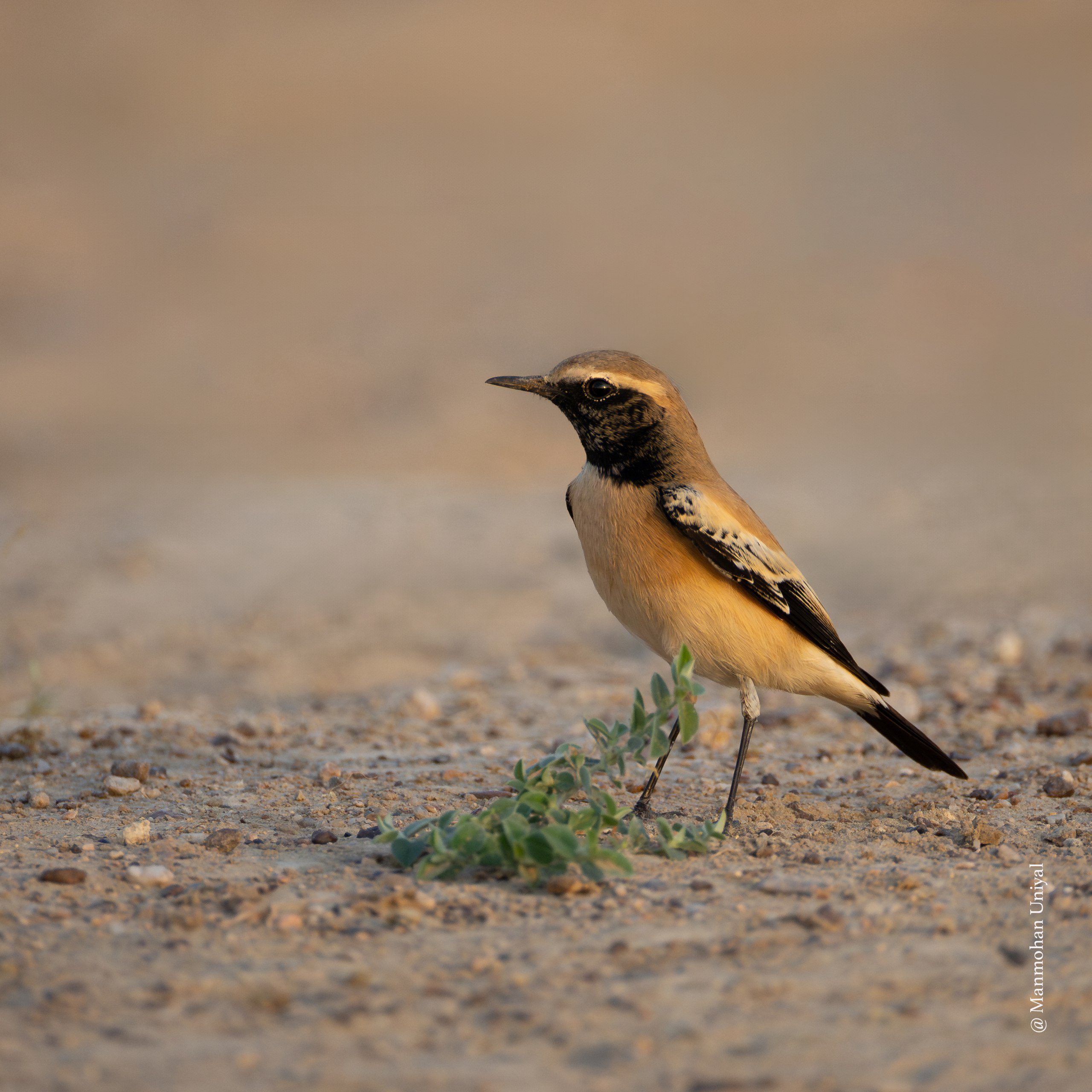The Desert National Park, located near Jaisalmer, Rajasthan, is one of India’s most unique ecosystems, with its vast arid landscape, rolling sand dunes, and sparse vegetation. My visit to this remarkable location, particularly to the Sam region, left me in awe of the stark beauty and rich biodiversity this desert holds. The most notable and critically endangered species here is the Great Indian Bustard, a bird that is on the brink of extinction. Witnessing this majestic bird in its natural habitat was an unforgettable experience.
My Experience in Desert National Park
During my trip, I was fortunate to spot the Great Indian Bustard—one of the few remaining individuals in a population that now numbers fewer than 150. Thanks to the recent conservation efforts, the population is stabilizing, but much work remains to ensure the survival of this critically endangered species.
In addition to the Great Indian Bustard, I also saw an impressive variety of raptors, including eagles and falcons. The desert’s seemingly barren landscape is actually teeming with life, especially during the passage migrations in winter. During this time, many birds make their way through the region, adding to the excitement for birdwatchers.
The park is not just about migratory birds, though. It’s also home to many endemic species that have adapted to survive in the harsh desert environment. The mix of desert specialists, raptors, and winter migrants makes this park a paradise for bird enthusiasts.
Birds Found in Desert National Park
One of the highlights of Desert National Park is its impressive birdlife. Here are some of the key species you can spot during your visit:
1. Critically Endangered Birds:
- Great Indian Bustard – The star attraction of the park, critically endangered and near extinction.
2. Raptors:
- Imperial Eagle
- Steppe Eagle
- Short-toed Snake Eagle
- Lesser Kestrel
- Laggar Falcon
- Pallid Harrier
- Montagu’s Harrier
- Eurasian Sparrowhawk
- Black-winged Kite
3. Migratory Birds:
- Demoiselle Crane
- Common Kestrel
- Peregrine Falcon
- Saker Falcon
4. Desert-adapted Birds:
- Cream-colored Courser
- Chestnut-bellied Sandgrouse
- Black-bellied Sandgrouse
- Desert Wheatear
- Isabelline Wheatear
- Indian Courser
5. Other Notable Species:
- Stoliczka’s Bushchat
- Greater Hoopoe-Lark
- Bimaculated Lark
- Short-toed Lark
- White-browed Bushchat
- Rufous-tailed Scrub Robin
- Southern Grey Shrike
- House Bunting
- Asian Desert Warbler
- Plain Leaf Warbler
- Common Babbler
6. Water-associated Birds (found near water bodies and oases):
- Indian Cormorant
- Grey Heron
- Black Stork
- White Stork
- Gadwall
- Northern Shoveler
- Ruddy Shelduck
- Northern Pintail
7. Other Desert Birds:
- Eurasian Collared Dove
- Spotted Owlet
- Long-legged Buzzard
- Tawny Eagle
- Indian Bushlark
- Greater Short-toed Lark
- Red-headed Bunting
- Bay-backed Shrike
These birds reflect the rich and diverse avian life present in the park, with many species perfectly adapted to the extreme desert conditions. Watching these birds navigate this harsh yet beautiful terrain was a truly humbling experience.
How to Reach Desert National Park
Reaching Desert National Park is relatively straightforward. Jaisalmer is the nearest city, around 45 km from the park. You can reach Jaisalmer by:
- Air: The nearest airport is Jodhpur Airport, around 285 km away. From there, you can drive or take a bus/taxi to Jaisalmer.
- Rail: Jaisalmer is well-connected by train to major cities like Delhi, Jodhpur, and Jaipur.
- Road: Jaisalmer is well-linked by road with cities like Jodhpur (285 km), Bikaner (330 km), and Jaipur (560 km). You can hire a taxi or take a bus from these cities.
Once in Jaisalmer, you can easily arrange safaris and trips to Desert National Park with local tour operators.
Desert National Park offers a surreal and enriching birding experience, with its combination of rare species, desert landscapes, and the thrill of encountering critically endangered birds like the Great Indian Bustard. Whether you’re a seasoned birder or a wildlife enthusiast, this park is a must-visit destination for anyone passionate about India’s natural heritage.

